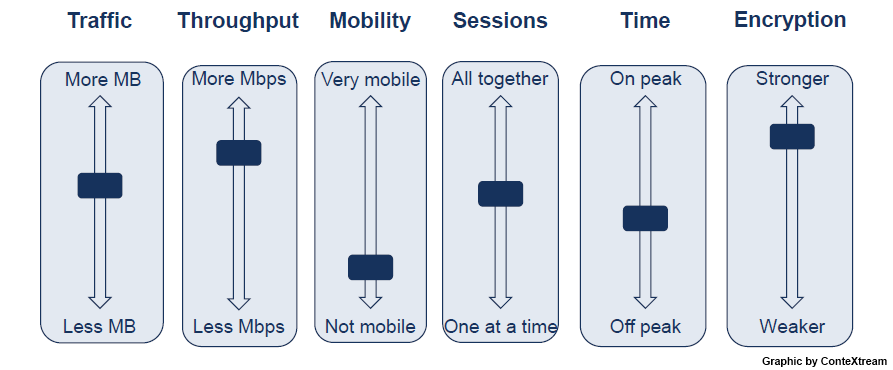Planning and budgeting used to be so much easier with just one national network. Centralized control, heavy regulation – it was so much more orderly.
Other than the high prices and lack of innovative products and services, monopoly networks were just great, especially for those who worked for the phone company, or as the old timers called it, working for “the Bell”. Still, after 20 years of competition, most agree that competitive forces deliver sufficient benefits to outweigh the associated chaos.
I have been reading various articles [such as this one commissioned by CIRA from PCH] bemoaning the low number of Canadian exchange points for internet traffic relative to other countries, implying that connecting via Chicago or other US points somehow is harmful to Canadian internet users. As a builder of one of the first cross border optical rings more than 15 years ago, I am not convinced that the network constraints imposed by national hierarchies are necessary. Given Canadian and US geography and population densities, isn’t it likely (or at least possible) that connectivity between Canadian cities could be more efficient via the US?
I had a number of problems with the CIRA/PCH paper, but that is not today’s theme.
Rather, I want to take a look at a more general challenge: evolving network architectures, right down to the switching fabric of carrier networks that will need to evolve with the continued growth of data traffic – and more specifically, mobile data traffic.
Current switching architectures require constant incremental investment, trying to ensure that equipment is provisioned to handle the projected peak traffic in the local region, coupled with additional capacity in the interest of survivability. At the same time, carriers are seeing continued declines in revenue-per-bit thanks to our insatiable demand enabled by new devices and applications.
Software defined networks are emerging to solve capacity and scalability challenges. Some analysts are suggesting that we will see explosive growth in SDN deployments over the next 5 years. Twenty five years ago, we deployed software defined networks for major enterprise customers embedded within the AT&T Communications network.
So I started off somewhat cynical when I recently had a conversation with some executives from ConteXtream. ConteXtream announced the release of its second generation grid network virtualization software today. ConteXtream says that service providers’ business models are challenged because revenue is increasing at a slower pace than costs while data plans are designed for various kinds of ‘average user’ – a notion that no longer exists. ConteXtream Grid allows a wireless network to be evolved into a data center application, leveraging cloud economics and generic network appliances to reduce capital and operating costs.
In addition, ConteXtream spoke of novel customized pricing and services enabled by a more granular enforcement of resource allocation. Imagine the possibilities if an operator could dial in various service attributes on a per customer basis.
As demands on networks increase with ever changing traffic characteristics, we need to explore new approaches to economically serve these challenging requirements. It will be interesting to see how long it takes for new architectures, such as SDN virtualization being explored by ConteXtream, to find their way from the labs and into general deployment.

